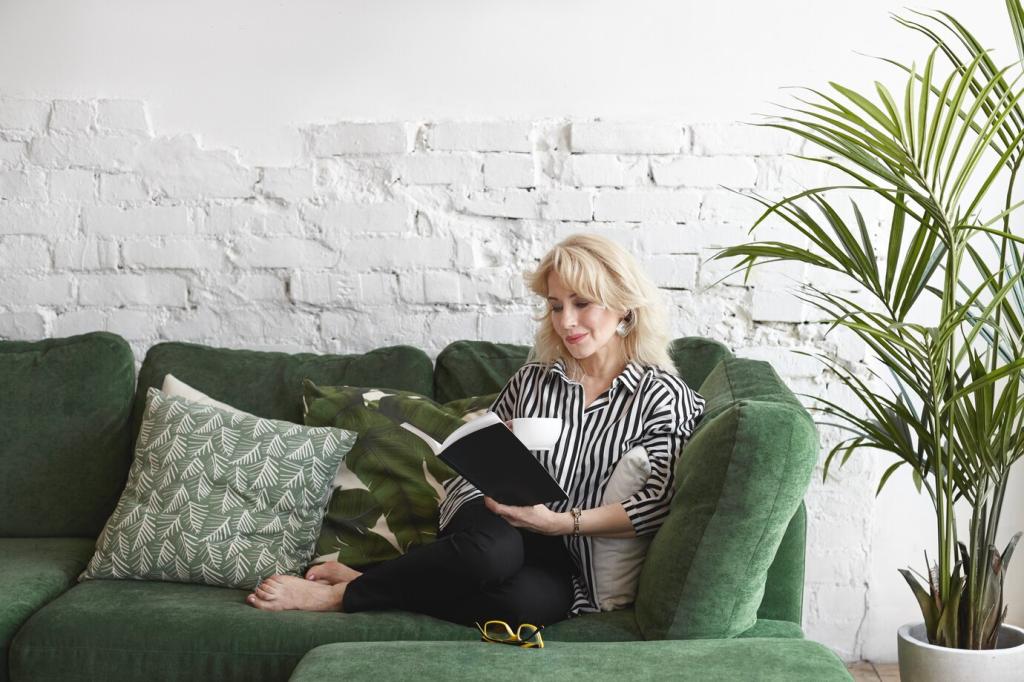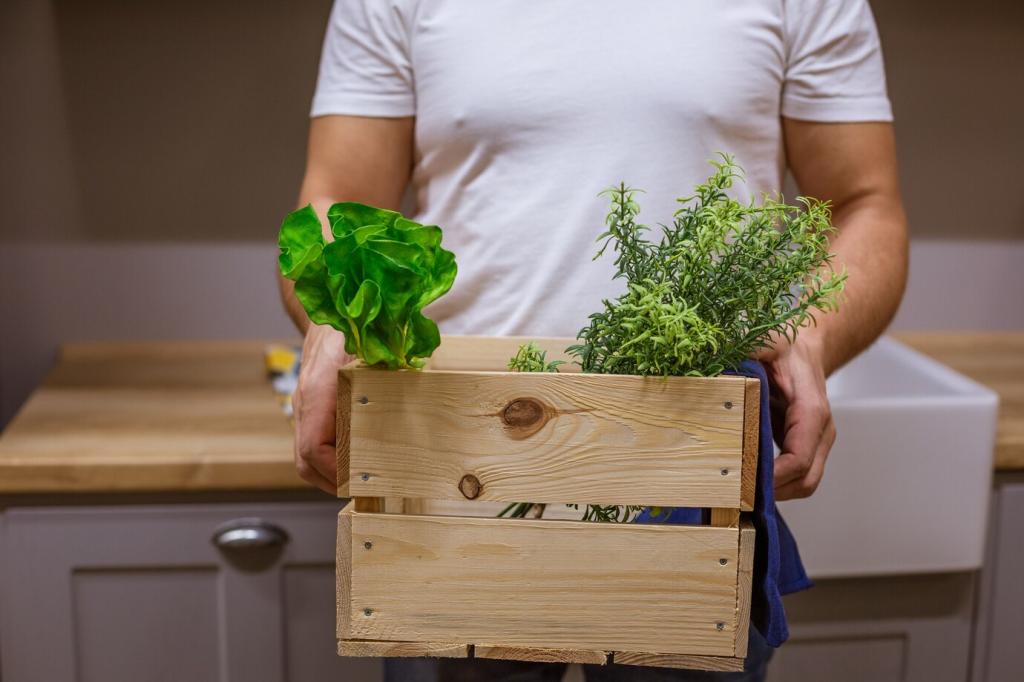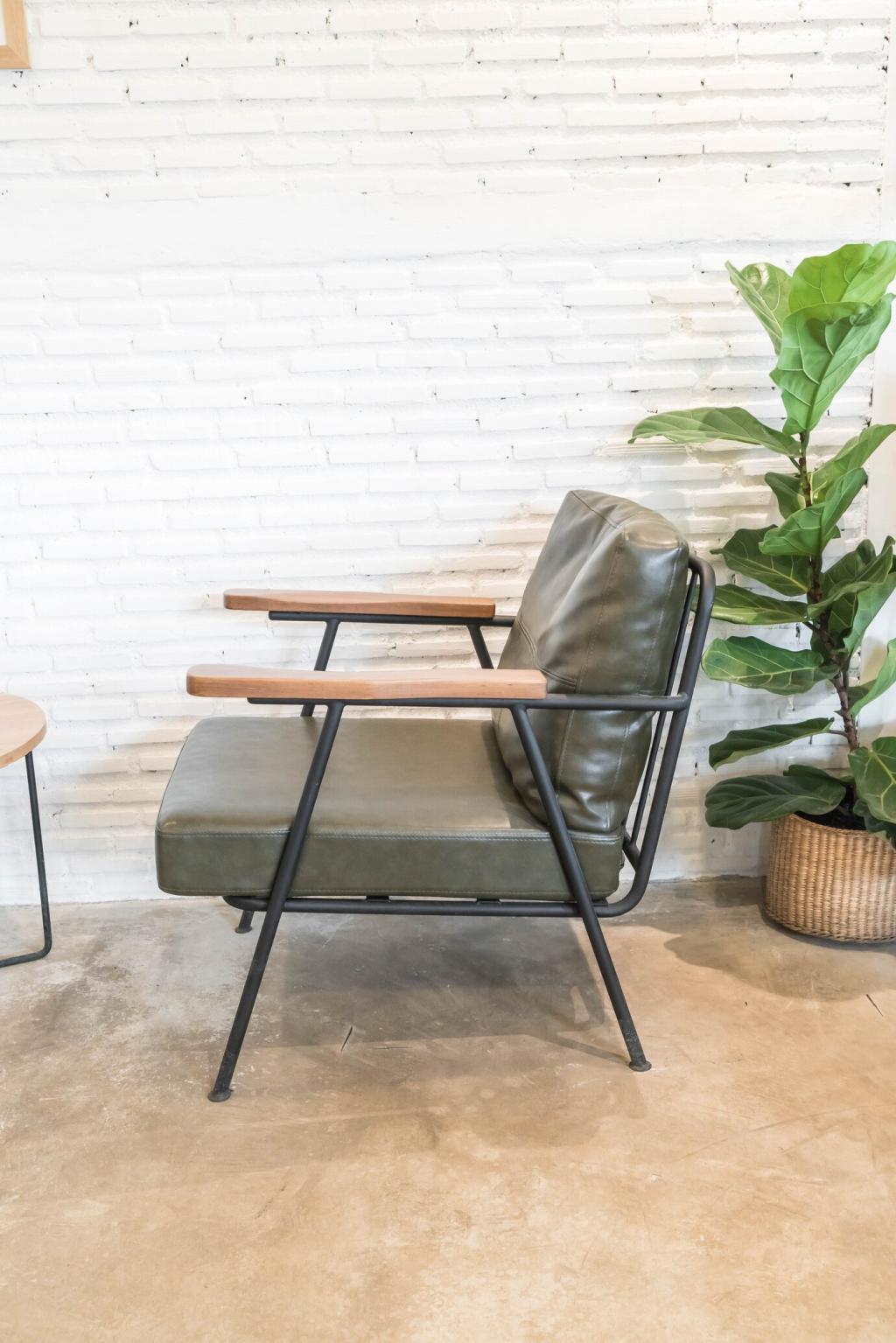
The Benefits of Bamboo in Eco-Friendly Furniture
Bamboo has become a cornerstone of sustainable furniture design, heralded as a highly renewable and versatile material. Its use in eco-friendly furniture not only contributes to environmentally responsible production but also offers aesthetic and functional benefits. As the world shifts toward green living, bamboo’s unique qualities make it an indispensable choice for conscious consumers seeking both style and sustainability in their homes.
Environmental Sustainability
Rapid Renewability
One of bamboo’s most remarkable characteristics is its incredibly fast growth rate. While hardwood trees can take decades or even centuries to mature, bamboo can reach full maturity in just three to five years. This rapid renewability ensures a consistent supply without depleting natural resources, making bamboo a sustainable material for long-term furniture production. Farmers can harvest the same bamboo plant multiple times, reducing land usage and encouraging responsible cultivation practices that support ecosystem health.
Minimal Resource Requirements
Bamboo’s growth habits make it exceptionally efficient when it comes to resource consumption. Unlike many conventional timbers, bamboo thrives without the need for chemical fertilizers or pesticides, which means its cultivation has a lower environmental cost. It requires comparatively little water and can flourish on land unsuitable for other crops, minimizing competition with food agriculture. These strengths help prevent soil erosion and contribute to healthier, more resilient landscapes, all while supporting a reliable source of materials for eco-friendly furniture.
Carbon Sequestration
Bamboo is a remarkable agent in the fight against climate change due to its ability to capture significant amounts of carbon dioxide from the atmosphere. As it grows, bamboo absorbs more carbon and releases more oxygen compared to most timber species. By incorporating bamboo into furniture, manufacturers help sequester carbon long-term, mitigating greenhouse gas emissions. This closed carbon loop adds to bamboo’s appeal, making it a truly green option in the quest for climate-conscious consumerism.

Strength and Hardness
Bamboo’s structural properties are legendary—its fibers possess a tensile strength comparable to steel, and it is harder than many hardwoods used in furniture-making. This impressive strength lends bamboo furniture exceptional resistance to daily wear and tear, supporting the creation of robust pieces that can serve households for years. Its natural resilience also means bamboo items are less likely to warp or break, even under regular use, making them ideal for both private and commercial settings.

Lightweight Nature
Despite its formidable strength, bamboo is surprisingly lightweight, making it an exceptionally convenient material for furniture design. Its low weight allows for easy transportation, rearrangement, and handling—an asset for those who value flexible, dynamic living spaces. This characteristic also simplifies shipping and reduces transportation emissions, further enhancing bamboo’s sustainable profile. Whether building chairs, tables, or beds, manufacturers appreciate bamboo’s blend of strength and manageability.

Resistance to Damage
Bamboo offers a natural resistance to pests and moisture, two factors that commonly threaten the lifespan of wooden furniture. This innate resilience results in furniture that resists swelling, cracking, and infestation—properties that make bamboo especially suitable for humid climates or outdoor applications. With less need for chemical treatments, bamboo furniture maintains its eco-friendly credentials while remaining durable, attractive, and low-maintenance for owners.
Aesthetic Versatility
Modern Design Appeal
Bamboo’s sleek, minimalist lines and smooth surfaces lend themselves perfectly to modern furniture designs. Its light color and fine grain create an airy, spacious feeling in interiors, while its ability to take on various finishes makes it suitable for everything from Scandinavian-inspired simplicity to bold, avant-garde aesthetics. Designers appreciate bamboo for its visual flexibility, ensuring it integrates seamlessly into a variety of contemporary settings.
Traditional and Artisan Styles
Beyond modernity, bamboo has deep cultural roots and is often used in traditional and artisan furniture making. Its presence in Asian, African, and South American crafts speaks to a legacy of sustainable artistry and regional identity. Handwoven bamboo adds organic texture and authenticity, connecting eco-friendly furniture to centuries-old traditions. These timeless designs bring warmth and heritage into modern homes, creating a sense of continuity and global awareness.
Customization Potential
Bamboo’s pliability and workability give it high potential for customization. Skilled craftsmen can bend, twist, and shape bamboo into a multitude of forms—everything from curved chairs to intricate patterns—allowing for unique, personalized furniture pieces. This adaptability means designers and consumers can collaborate on bespoke solutions that fit specific needs, making the most of bamboo’s natural beauty as well as its environmental advantages.
